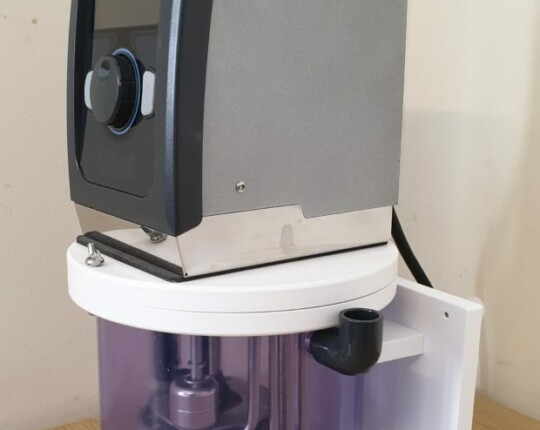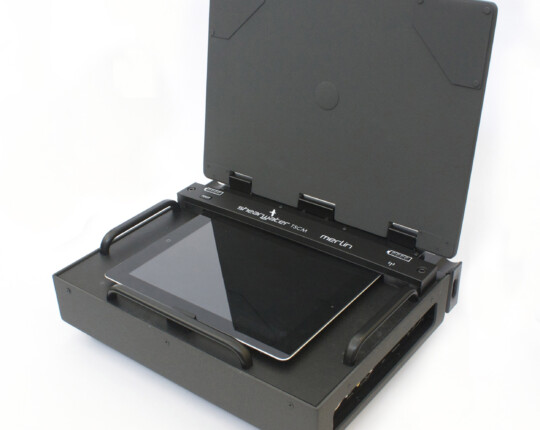What is CNC Milling & Routing?
CNC milling and routing are two closely related manufacturing processes that use computer numerical control (CNC) to create precise parts and components from a variety of materials. Here at Bray Plastics we predominantly work with plastics but we can also produce low volume metal components too. CNC milling uses a rotating cutter to remove material from a solid block of material, while CNC routing uses a router bit to cut profiles from a flat sheet of material.
Both CNC milling and routing can be used to create a wide variety of parts and components. CNC milling is typically used for more complex parts that require high precision, while CNC routing is often used for simpler parts that can be made from sheet materials. CNC milling and routing are both very versatile manufacturing processes that can be used to create a wide variety of parts and components.
At Bray Plastics, our custom built CNC routers have been designed to give us additional milling capabilities which enable us to perform second ops, such as adding holes & cut-outs, to vacuum formings; as well as modifying off-the-shelf enclosures and adding cut-outs to tubes.
Benefits of CNC Milling and Routing
- CNC milling and routing offer a number of benefits over traditional manufacturing methods, including:
- Precision: CNC milling and routing can create parts and components with very high precision. This is due to the fact that the machines are controlled by computers, which can be programmed to make very precise movements, very quickly.
- Complexity: CNC milling and routing can be used to create complex parts and components that would be difficult or impossible to make with traditional manufacturing methods such as manual milling or using hand tools.
- Versatility: CNC milling and routing are very versatile manufacturing processes that can be used to create a wide variety of parts and components. This makes them a good choice for a variety of manufacturing applications.
Drawbacks of CNC Milling and Routing
- CNC milling and routing also have a few drawbacks, including:
- Cost: CNC milling and routing machines can be expensive to purchase and operate.
- Skill level: CNC milling and routing require a certain level of skill to operate the machines.
- Training: CNC milling and routing operators require considerable training to learn how to program and use the machines.
Conclusion
CNC milling and routing are two very versatile manufacturing processes that can be used to create a wide variety of parts and components. The choice of which process to use will depend on the specific requirements of your project.
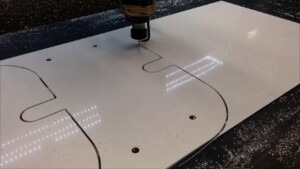
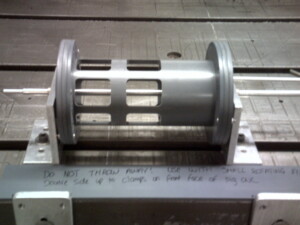
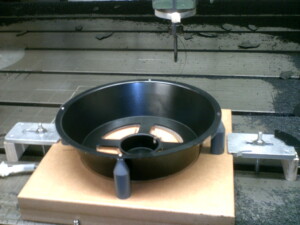
What is CNC Milling & Routing?
CNC milling and routing are two closely related manufacturing processes that use computer numerical control (CNC) to create precise parts and components from a variety of materials. Here at Bray Plastics we predominantly work with plastics but we can also produce low volume metal components too. CNC milling uses a rotating cutter to remove material from a solid block of material, while CNC routing uses a router bit to cut profiles from a flat sheet of material.
Both CNC milling and routing can be used to create a wide variety of parts and components. CNC milling is typically used for more complex parts that require high precision, while CNC routing is often used for simpler parts that can be made from sheet materials. CNC milling and routing are both very versatile manufacturing processes that can be used to create a wide variety of parts and components.
At Bray Plastics, our custom build CNC routers have been designed to give us additional milling capabilities which enable us to perform second ops, such as adding holes & cut-outs, to vacuum formings; as well as modifying off-the-shelf enclosures and adding cut-outs to tubes.
Benefits of CNC Milling and Routing
- CNC milling and routing offer a number of benefits over traditional manufacturing methods, including:
- Precision: CNC milling and routing can create parts and components with very high precision. This is due to the fact that the machines are controlled by computers, which can be programmed to make very precise movements, very quickly.
- Complexity: CNC milling and routing can be used to create complex parts and components that would be difficult or impossible to make with traditional manufacturing methods such as manual milling or using hand tools.
- Versatility: CNC milling and routing are very versatile manufacturing processes that can be used to create a wide variety of parts and components. This makes them a good choice for a variety of manufacturing applications.
Drawbacks of CNC Milling and Routing
- CNC milling and routing also have a few drawbacks, including:
- Cost: CNC milling and routing machines can be expensive to purchase and operate.
- Skill level: CNC milling and routing require a certain level of skill to operate the machines.
- Training: CNC milling and routing operators require considerable training to learn how to program and use the machines.
Conclusion
CNC milling and routing are two very versatile manufacturing processes that can be used to create a wide variety of parts and components. The choice of which process to use will depend on the specific requirements of your project.





